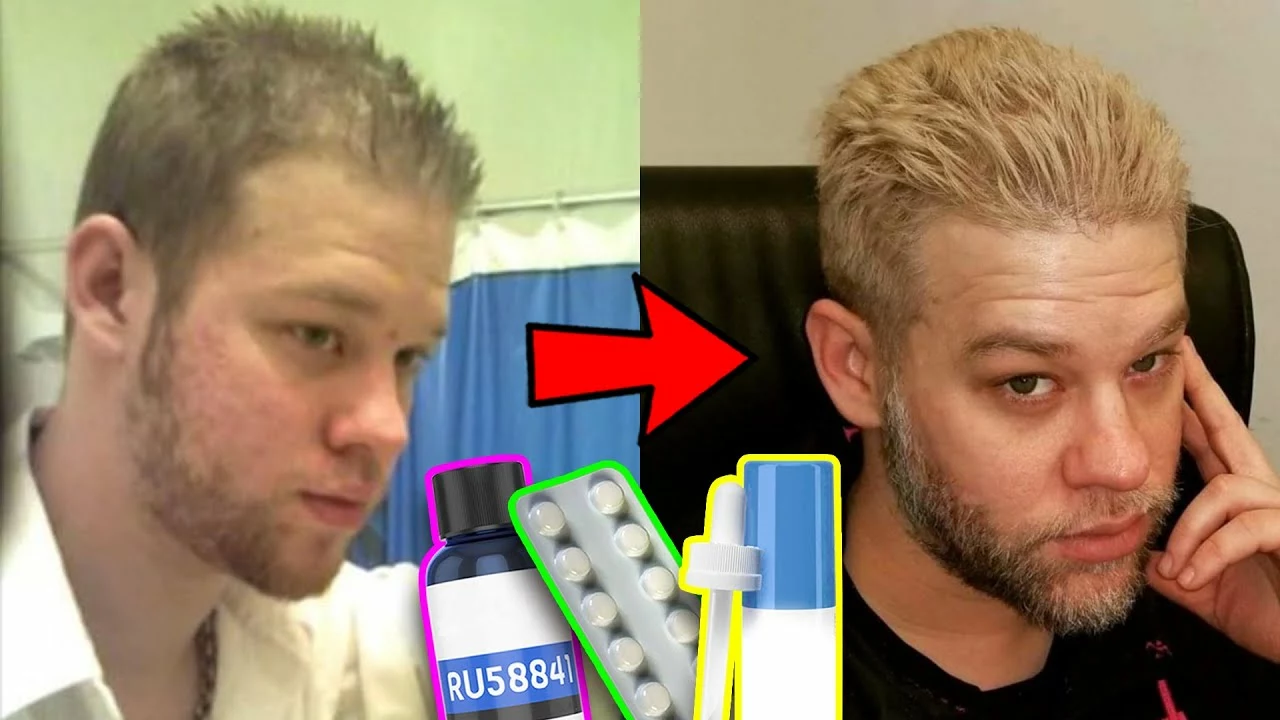Hair and Scalp Health: Practical Guide to Minoxidil, Finasteride, and Daily Care
Hair thinning is common, but you can slow it and improve scalp health with straightforward steps. This page groups clear advice on topical minoxidil, oral finasteride, and simple scalp care you can start today.
How minoxidil works and what to expect
Minoxidil is a topical that boosts blood flow around follicles and can prolong the hair growth phase. Apply it twice daily to a dry scalp, using the recommended dose on the product label. Expect to see results after 3–6 months; shedding at first is normal as weak hairs fall out and new hairs grow. Common side effects are scalp irritation, itching, or unwanted facial hair if the solution spreads. Using the foam can reduce irritation for sensitive skin.
Minoxidil does not block DHT, the hormone that shrinks follicles. If DHT is a main driver for you, minoxidil helps growth but often works better with a DHT blocker like finasteride.
Finasteride, combo therapy, and safety
Finasteride is an oral prescription that lowers DHT levels and can stop further thinning for many men. Taken once daily, it often preserves hair and may regrow some. Sexual side effects occur in a minority and should be discussed with your doctor before starting. Women who are pregnant or trying to become pregnant should not handle broken tablets.
Combining minoxidil and finasteride targets two different causes: minoxidil stimulates follicles while finasteride reduces the hormone that shrinks them. That combo is a common approach when you want better results than either alone. Remember both treatments need ongoing use: stopping them usually returns hair to its prior state over months.
Practical daily tips that help
Choose a gentle shampoo and avoid frequent hot styling. Massage your scalp for 2–5 minutes a day to improve circulation—do it when shampooing or applying minoxidil. Don't over-wash; 2–3 times a week is fine for most people unless your scalp is oily. Trim chemical treatments and tight hairstyles that pull on follicles.
Nutrition matters: get enough protein, iron, vitamin D, and zinc. If you have concerns like sudden shedding or patchy loss, check ferritin and thyroid levels with your doctor. Stress can worsen shedding; simple stress management—short walks, sleep, or breathing exercises—helps hair recovery.
When to see a professional
If you notice sudden rapid loss, scaly patches, or scarring, book a clinic visit. A dermatologist can confirm patterns, order blood tests, or suggest treatments like PRP, low-level laser therapy, or topical ketoconazole for inflammatory scalp conditions. Ask about realistic timelines and side-effect rates before starting any prescription.
Small consistent steps—right application, combined treatment when indicated, gentle scalp care, and targeted tests—move the needle on hair and scalp health.
Tips: apply minoxidil to dry hair, wait 30 minutes before styling, avoid alcohol-based products right after application, track progress with photos every month, and schedule a follow-up with your doctor after three months on prescription treatments. If you notice side effects, stop and consult promptly. Keep realistic expectations and be patient with progress.
Minoxidil Topical and Hair Loss: The Role of Hormones
In my latest blog post, I explored the connection between Minoxidil Topical and hair loss, specifically focusing on the role hormones play. I discovered that Minoxidil Topical, a popular hair loss treatment, works by stimulating blood flow to hair follicles, thus promoting hair growth. Hormones like DHT (Dihydrotestosterone) can cause hair thinning and loss, as they shrink the follicles and weaken the hair shaft. Minoxidil Topical has shown to be effective in counteracting these hormonal effects, leading to healthier and thicker hair. It's fascinating to see how this treatment interacts with our hormones to help combat hair loss!
VIEW MOREThe Pros and Cons of Minoxidilfinasteride: What You Need to Know Before Starting Treatment
As a blogger who has researched Minoxidil and Finasteride, I've found that these two treatments can be quite effective for hair loss. On the plus side, Minoxidil is an over-the-counter medication that has been proven to stimulate hair growth, while Finasteride is a prescription medication that can prevent further hair loss. However, there are some downsides to these treatments. For one, both medications require continuous use to maintain results, and there are potential side effects such as skin irritation, and in the case of Finasteride, sexual dysfunction. Before starting treatment, it's crucial to weigh the pros and cons and consult with a healthcare professional.
VIEW MORE

